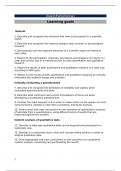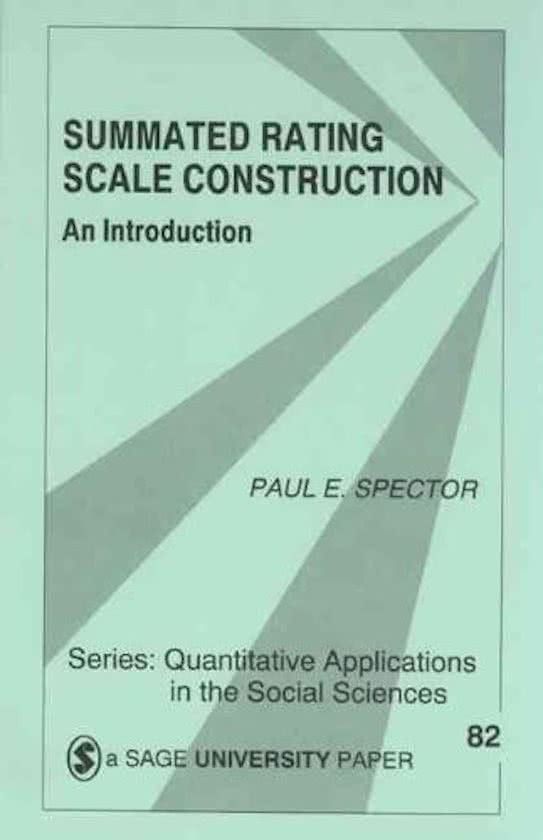Samenvatting
All the information you need! Comprehensive summary of Premaster Research Practical
- Instelling
- Universiteit Twente (UT)
The exam is divided into three parts: - The general part; how to write a scientific report - Quantitative data; - Qualitative data; coding The summary is also divided into these parts. I also have a practice test available, which corresponds with the summary. It consists of 95 open-ended que...
[Meer zien]





